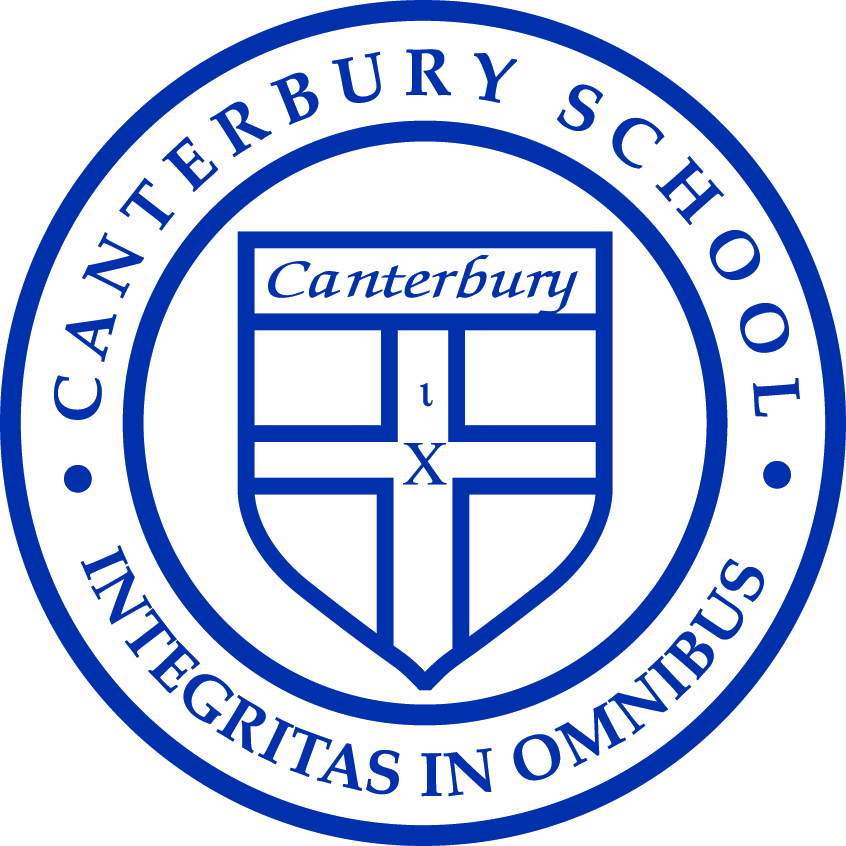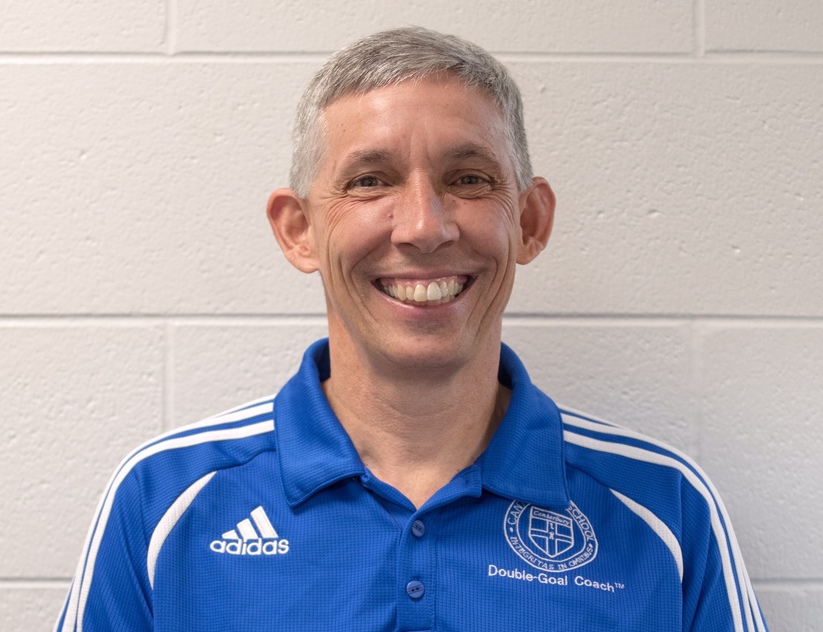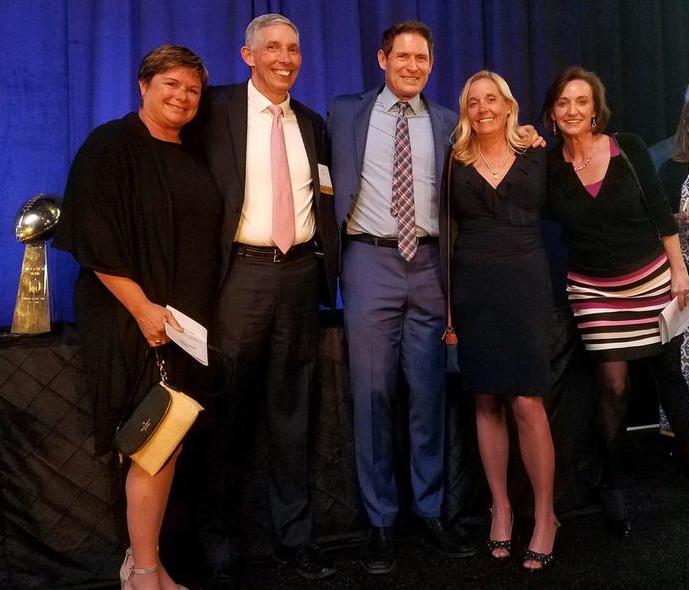
By STEVE KRAH
http://www.IndianaRBI.com
Ty Calloway and George Phares were on opposite sides as coaches of baseball and basketball in Indiana’s Howard County.
Calloway, a 1968 graduate of Western High School in Russiaville was at his alma mater and 1965 Shelbyville Senior High School grad Phares at Taylor High School on the side side of Kokomo.
Success came to both men and Phares (656-412 in seven seasons at Morristown and 31 at Taylor with an IHSAA Class 2A state championship for the Titans in 2000) was inducted into the Indiana High School Baseball Coaches Association Hall of Fame in 2004. Calloway (662-310 with a 3A state title in 2012) joined his friend in the Hall in 2012 and retired after the 2013 season.
Taylor’s diamond was renamed Phares Field in 2006. After retiring from the classroom, he helped out at Indiana Wesleyan University in Marion on the staffs of Mark DeMichael and Chad Newhard for seven or eight years.
Phares says he enjoyed his interactions with former Bethel University assistant and fellow IHSBCA Hall of Famer Dick Siler.
Future major league pitcher Brandon Beachy went Northwestern High School in Howard County to IWU.
Phares also volunteered at Taylor and Kokomo and could be seen in recent years helping each January with registration at the IHSBCA State Clinic in Indianapolis. He is also on Hall of Fame selection committees.
As retirees, Calloway and Phares share a log cabin on Dewart Lake near Leesburg in Kosciusko County. They often spend New Year’s Eve there with wives Dallas Calloway and Martha Phares.
Ty and Dallas are the parents of Wendy and Betsy. George and Martha have Jennifer, Tim and Susan.
“We are the second-most famous George and Martha in the United States,” says Phares with a nod to the Washington’s.
Recently, Calloway and Phares offered their views on a variety of topics related to baseball and education.
Calloway was in the last eighth grade class that went through in Taylor Township prior to the completion of the high school.
Ty’s two younger brothers — two and three years behind him — both went to Taylor.
“My parents had to split time going to my games and their games,” says Ty, who got to compete against middle brother Mike on both the diamond and the basketball court.
Mike’s class played a junior varsity schedule as freshmen then a varsity schedule as sophomores.
There was one baseball game between the two schools where Ty was on second base and one of his teammates hit a deep fly to center field.
“We didn’t have fences back then at Western,” says Ty. “Mike took off and I thought for sure it was over his head and I came all the way and stepped on home plate. All of a sudden, he did one of those ‘Willie Mays’ over-the-back catches. I had to retreat back. He threw (me) out at second.
“I was at shortstop when we picked Mike off second base. That was an interesting game.”
Ty and Mike guarded each other on the hardwood.
There was one season of baseball for Ty at Ball State University in Muncie and summers with the Kokomo Highlanders. He went on to earn a bachelors and a masters degree at BSU. He applied in several places but was offered a chance to teach and coach at Western by Norm Llewellyn and took it.
Calloway taught middle school Health and Physical Education.
Beginning in the spring of 1974, he was JV baseball coach for four years. He was also a varsity assistant or JV boys basketball coach for about 20 years.
Phares played baseball at Seymour High School as a freshman and the next three at Shelbyville. He went to Indiana State University and was cut from the team.
He graduated with a degree in Mathematics and Physical Education and went to Morristown in 1969-70.
“I had played (American) Legion baseball at Morristown and knew a lot of people there,” says Phares. “They hired me as a junior high baseball coach. I graduated from college on Sunday and Monday I started working. I was made head coach at the end of the first year.
“Throughout my high school career I was always the head baseball coach.”
Phares was also a varsity assistant in basketball at the beginning of his time at Taylor.
Calloway says it was his raising with his brothers and sister that led to his philosophy as a coach.
“My dad taught self-discipline and being responsible,” says Ty. “No matter whatever did give 100 percent effort and that’s what I told (our players) we’re gonna get.”
At tryout time when it came down to cutting down the roster and Calloway had two players of equal ability, character would be the tiebreaker.
Students and athletes on Calloway’s watch were expected to behave.
“You can’t win with kids who have bad character,” says Calloway. “You’ve got to have good kids.
“As much as you can you’ve got to be a good role model for those kids.”
Between the lines, Calloway stressed fundamentals and saw to it that those were being taught at Russiaville Little League.
Among those fundamentals was the proper throwing mechanics.
“The teams that win games are the teams that play the best pitch and catch,” says Calloway. “That’s a fact.”
Calloway organized practices where his player got plenty of repetitions and got better.
“In high school baseball, reps is the key to winning,” says Calloway. “Sometimes I said we play too many games. We need a couple more practice in-between.”
Calloway says games are where skills are showcased. Practices are where they are built.
One Western player who got better even after being cut multiple times was Steve Bagby. He started as a senior then played in the outfield at Coastal Carolina University.
“He was one of those kids who just kept getting better and better and better,” says Calloway of Bagby. “He matured and he worked on a skill.”
Both former coaches talked about dealing with parents.
“I was blessed,” says Phares. “I really didn’t have problems mount. I had parents who were unhappy. I tried to explain things to them and — for the most part — it worked out OK.
“You try to be fair.”
Calloway says he had few problems with parents during his lengthy career.
“You went to be straight up with them,” says Calloway. “You want the administration to back you.”
Phares, who later coached in the college ranks, made a point of being a straight shooter when a college coach came to evaluate of one of his players or even others in the area.
“I was always honest with him,” says Phares. “High school coaches can’t lie to those college coaches. You gotta tell the truth.
“Most parents would rank their kid better in their skill level than where they’re at. It’s just nature.”
Calloway was the same way. He’d know an athlete’s potential and his maturity level and would share that with recruiters.
“You’ve got to have the skill,” says Calloway. “And you have to have the strength and the speed. I’ve had a kid who had the skill and strength but was slower than molasses and couldn’t play at the (NCAA) Division I level.”
Many parents and players don’t realize that a “full-ride” scholarship is a rare thing in college baseball with rosters of 30-plus and 13.7 scholarships at the D-I level (and less at D-II, NAIA etc.).
Phares became a Brooklyn Dodgers fan in 1955 the year the team won the World Series and his home is full of Dodgers memorabilia.
Through his relationship with Dodgers scout Dale McReynolds (who signed Bob Welch, Jeff Hamilton and Steve Howe), there is a photo of Hall of Famer Tommy Lasorda standing with Phares and Calloway.
It was the New York Yankees — who won plenty and were on the “Game of the Week” on TV with Dizzy Dean and Peewee Reese at the mic as Calloway was growing up that became his team.
The coaching veterans are not fans of some of baseball’s changes reflected in Major League Baseball and moving down.
“It’s changed for the worse,” says Phares. “Now the baseball game has become kind of a side show and all the antics of the players.
“They all have to flip their bats, stare down and do this and do that. I just don’t like it. It’s television. That’s what they want. I can’t stand to watch the Little League World Series anymore. They’re encouraging those kids to act like (the bat-flipping big leaguers).
“When they get to high school they’re got a bad attitude.”
Calloway sees a lot of self-centered behavior.
“The the Little League to the high school you’re starting to see kids where it’s about ‘me’ instead of ‘we.’”
He sees it reflected in Kokomo shrinking at the neighborhood park level. Many are leaving for travel ball and the youth leagues have shut down leaving them to play at Championship Park.
“We had a park in about every little area of town — UCT, Southside, Indian Heights, Northside,” says Calloway. “Local teams now are dwindling.”
When Calloway was coaching he would often have his top players on a travel or American Legion team and then there was a focus on the others.
“If I could devote time and make my 6 through 9 players better than your 6 through 9 players I’m going to beat you because baseball is consistently up and down the lineup,” says Calloway. “We would work in the off-season to develop these kids.”
Phares always enjoyed going to clinics and attended about four every year. He went with a purpose.
“My goal is to find one thing that we can use that will fit the Taylor Titan program that we can use to make us better,” says Phares. “I don’t think most coaches have a program. They play their games and they spend all winter going to these (showcase) camps and saying this kid throws 95 mph.”
The way Phares sees it, a testament to a program is one that can do well with multi-sport athletes who have chosen not to specialize in one area.
“(Taylor) didn’t have enough athletes and had to pass them around,” says Phares.






